What are vertical solar panels? In the search for sustainable energy solutions, vertical solar panels have emerged as a practical innovation, challenging the traditional notion of solar panel placement.
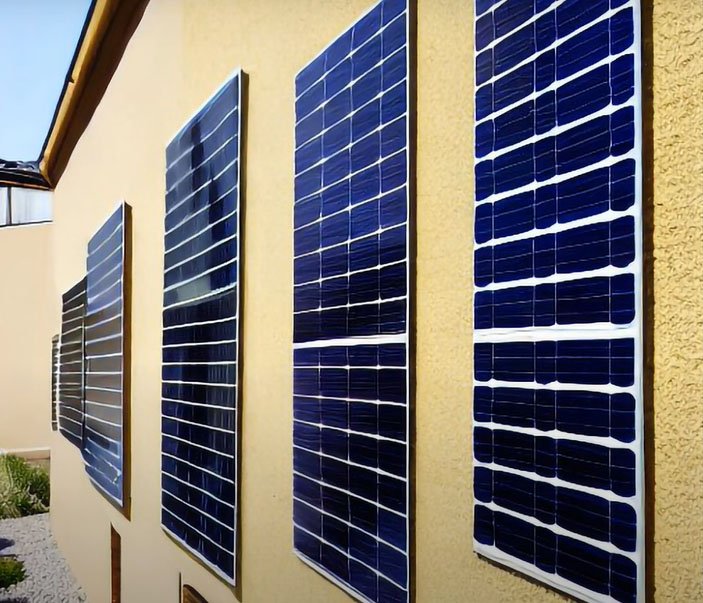
What are Vertical Solar Panels?
Unlike their horizontal counterparts, commonly found on rooftops or open fields, vertical solar panels are designed to be mounted on vertical surfaces. So, vertical solar panels offer a unique and versatile approach to harnessing solar power.
Can Solar Panels be Placed Vertically?
The short answer is yes. Vertical solar panels break away from the conventional wisdom that solar panels must be placed horizontally to capture sunlight optimally. These panels are engineered with a design that allows them to efficiently capture solar energy even when installed on a vertical wall. This flexibility has significant implications for urban environments where space constraints often limit deploying traditional solar solutions.
Can You Fit Solar Panels to a Vertical Wall?
Absolutely. The adaptability of vertical solar panels extends to their mounting systems. So, they are specifically designed to attach to vertical surfaces securely. This opens up a realm of possibilities for integrating solar panels seamlessly into the architecture of buildings. The prospect of transforming building facades into functional energy generators enhances sustainability. Also, they contribute to the aesthetic appeal of urban landscapes.
How Effective are Vertical Solar Panels?
The effectiveness of vertical solar panels is contingent on various factors, including the orientation of the wall, geographical location, and the angle of sunlight exposure. While it’s true that vertical panels may not match the peak efficiency of their horizontal counterparts under ideal conditions, their ability to generate electricity in constrained spaces adds a layer of versatility to their effectiveness.
They have proven particularly effective in urban environments where space is at a premium. Their capacity to generate power even when mounted on surfaces not traditionally associated with solar installations makes them a valuable addition to the renewable energy toolkit.
Are Vertical Solar Panels More Efficient?
Efficiency is a crucial consideration in any solar energy system. While they may not surpass the efficiency of traditional solar panels in optimal conditions, their unique advantages often outweigh the marginal decrease in efficiency.
Vertical panels are adaptable and can generate power in unconventional spaces. This makes them an interesting choice in certain scenarios.
Besides, advancements in technology continue to address efficiency concerns associated with them. Ongoing research and development aim to enhance the efficiency of these panels, making them an increasingly viable and competitive option in the renewable energy landscape.
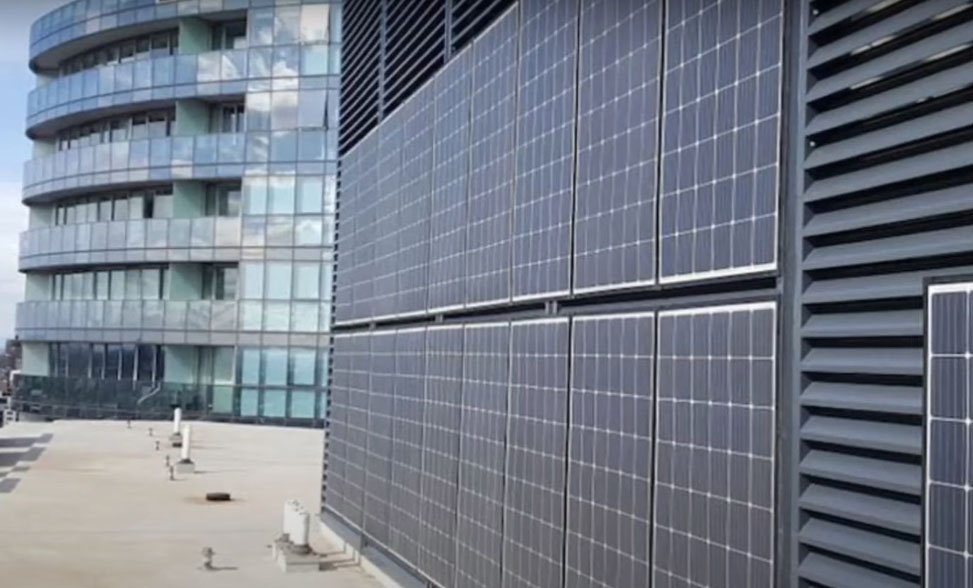
Advantages and Disadvantages of Vertical Solar Panels
Pros
Cons
Advantages explained
- Space Utilization: They excel in making efficient use of limited space. This is a critical factor in densely populated urban areas where horizontal space for solar installations may be limited.
- Architectural Integration: The seamless integration of vertical solar panels into building structures offers a dual benefit of functionality and aesthetic appeal. These panels can be customized to complement the architectural design. They, they turn solar installations into visually appealing elements of the built environment.
- Versatility: The adaptability of themis a standout feature. They can be installed on a variety of surfaces, from residential buildings to commercial spaces, providing flexibility in design and deployment.
- Increased Sunlight Exposure: Vertical panels can capture sunlight from multiple angles throughout the day as the sun moves across the sky. This potentially increases overall energy production compared to fixed-angle horizontal panels.
- Reduced Land Footprint: They may require less ground space than traditional solar farms. This makes them suitable for locations where land use is a concern.
- Energy Production in Urban Areas: The ability of vertical solar panels to generate power in urban settings addresses the challenge of energy production in densely populated areas. By utilizing vertical surfaces, these panels bring renewable energy production closer to the point of consumption, reducing transmission losses.
- Cooling Effect: The vertical arrangement of panels may allow for better airflow between them, reducing the operating temperature of the panels. Cooler temperatures can enhance the efficiency and longevity of solar cells.
Disadvantages explained
- Efficiency Challenges: They may not be as efficient as their horizontal counterparts in capturing sunlight because they receive sunlight at varying angles throughout the day. This can result in lower overall energy production.
- Installation Costs: The installation of them can be more complex and expensive compared to traditional horizontal installations. Custom mounting structures may be required to ensure proper orientation and spacing.
- Shading Concerns: Panels in a vertical arrangement may shade each other, leading to decreased efficiency and overall energy production. Proper spacing and design are crucial to minimize shading issues.
- Maintenance Challenges: Cleaning and maintenance of them can be more challenging due to their orientation. Dust and debris may accumulate more easily, requiring additional effort for regular cleaning.
- Limited Trackability: Traditional solar panels can be equipped with tracking systems that follow the sun’s movement for optimal exposure. Implementing tracking systems for vertical panels can be more complicated and costly.
- Less Established Technology: Vertical solar panel technology is less established compared to traditional solar panel arrangements. This may result in a lack of standardized designs and proven long-term performance data.
Vertical Solar Panels Cost in the UK
Understanding the cost implications of adopting vertical solar panels is crucial for informed decision-making. While the upfront cost may be slightly higher than traditional installations because of specialized mounting systems and design considerations, the long-term benefits often justify the investment.
In the UK, the cost of this type of panel varies based on factors such as the type of panel, installation complexity, and additional features. Government incentives and subsidies for renewable energy projects also play a role in mitigating the initial costs. So, this makes the transition to vertical solar panels more financially viable for businesses and homeowners.
The return on investment for them in the UK is influenced by factors such as energy savings, reduced reliance on traditional power sources, and potential income from excess energy fed back into the grid through feed-in tariffs. Stakeholders need to conduct a thorough cost-benefit analysis, factoring short-term and long-term gains. Then, they can determine the economic viability of vertical solar panel installations.
Conclusion
They represent a paradigm shift in the field of renewable energy. Their innovative design, adaptability, and unique advantages make them a compelling option. So, they are ideal for urban environments where space constraints and architectural considerations play a significant role. To sum up, vertical solar panels are poised to play a pivotal role in shaping the future of sustainable energy in the UK and beyond.
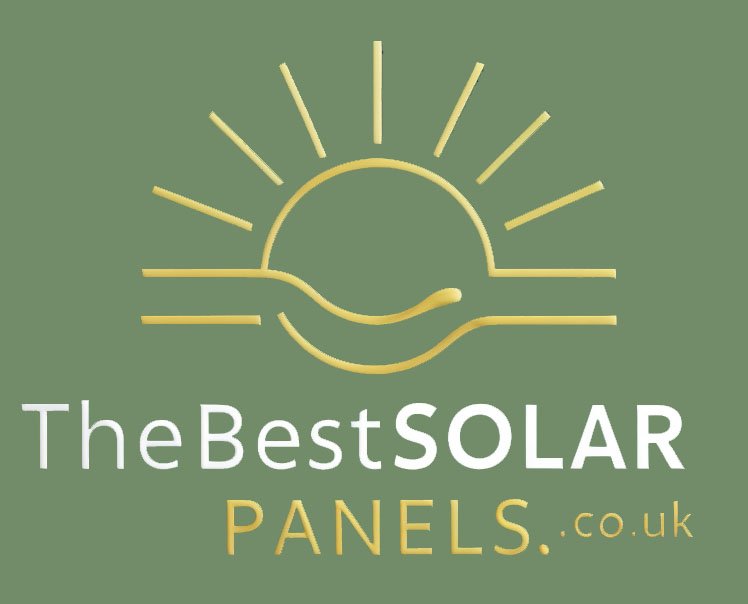
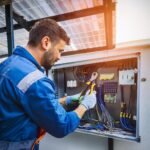

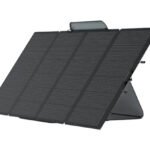
Leave a Reply